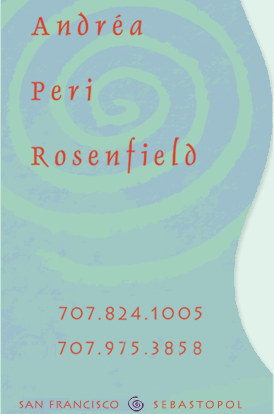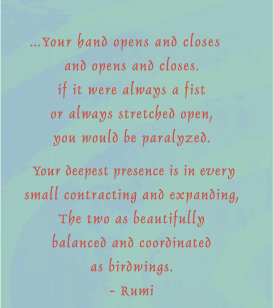


Neural Manipulation was developed by French Osteopaths Jean-Pierre Barral and Alain Croibier. It is a manual therapy that helps to assess the mechanical relationships between the cranial and spinal elements of the Nervous System with the dural and neural elements of the Nervous System.
A nerve functions optimally when it is able to move freely within its surrounding structures. If a nerve is fixed, it can lose its ability to glide and/or stretch in length. With fixation, smaller nerve sections can harden. They feel like buds and are very sensitive or painful to the touch. Neural Manipulation identifies and releases nerve restrictions while at the same time addressing the effect these restrictions may have on the rest of the body. By helping to release nerve fixations, Neural Manipulation can resolve more comprehensive (global) dysfunctional patterns and facilitate nerve conductivity, and intraneural blood supplies, locally and systemically.
The Nervous System is involved in every body function, and when neural communication is inhibited, optimal visceral activity cannot be maintained. The release of sensitive nerve buds can have a favorable effect on the proper functioning of corresponding organs, thus producing beneficial effects on the entire Visceral System.
Freedom of movement is essential for nerve conduction, electromagnetic conduction, intraneural blood supply, and local and systemic responsiveness. When interference occurs in certain body zones, the respective spinal cord and brain structures may become irritated. A peripheral nerve treatment can influence the facilitated areas related to these body zones, nurturing local and systemic healing effects.
Neural Manipulation is administered through precise and gentle applied pressure. The tension of the perineurium, and all other neural connective tissues, is transmitted down to the root sheaths, so peripheral contact can have an effect on the Central Nervous System mechanically and reflexogenically. These responses induce neural stimuli, which enable the peripheral treatment to be transmitted to local and central zones within the body.
